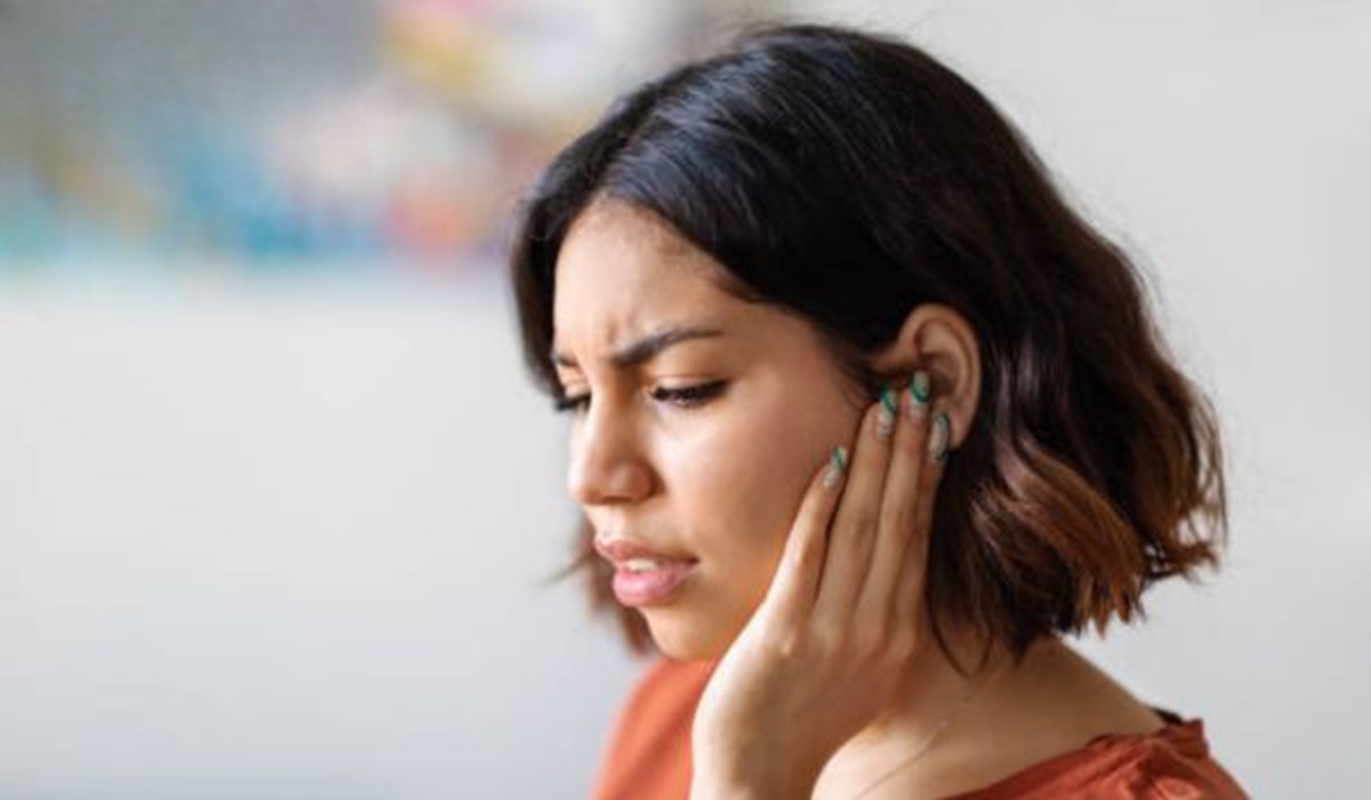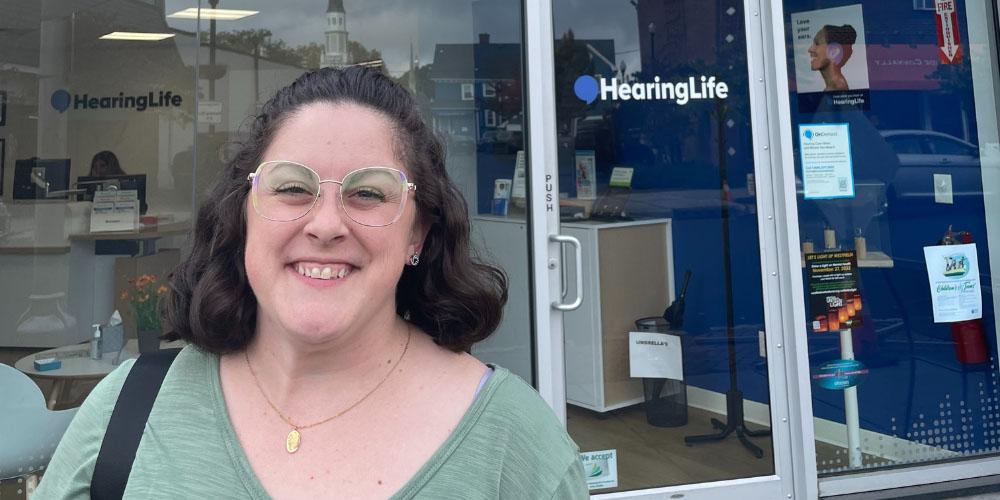
Diagnosis: Is there a test for Misophonia?
Specialists, including audiologists, psychiatrists, speech therapists, and psychologists, can identify misophonia. For a correct diagnosis of misophonia, the following are essential:
- A physical examination
- A questionnaire relating to triggers of intolerance reactions, which scores the impact of misophonia on quality of life (ex. Misophonia Questionnaire, Amsterdam Misophonia Scale)
- Audiological tests to verify the integrity of the auditory system: tonal and audiometric hearing test, measurement of the annoyance threshold, impedance exam, and otoacoustic emissions to exclude all those recognized medical conditions responsible for similar symptoms (differential diagnosis)
Hearing conditions to take into consideration during the differential diagnosis include:
- Tinnitus
- Age-related hearing loss
- Hyperacusis (unusual tolerance to ordinary environmental sounds)
- Disorders that cause acoustic hallucinations
Misophonia treatment: How to deal with it
Currently, there is no specific treatment to cure misophonia. Some therapeutic approaches can help minimize the conditions. Currently, sound therapy, used for the therapeutic approach to the patient with tinnitus and/or hyperacusis, and cognitive-behavioral therapy are the most effective treatment strategies to reduce misophonia symptoms.
- Sound therapy can be effective for people suffering from misophonia. Also known as TRT (Tinnitus Retraining Therapy), sound therapy aims at acoustic desensitization towards certain sounds, making the patient listen to certain noises daily to trigger an adaptation process that gets the ear used to their listening;
- Counseling, led by expert personnel, has the primary objective of making the patient aware of what is physiologically happening to his hearing and how important it is to disengage attention from annoying sounds, whether they are of endogenous origins such as tinnitus or environmental such as those that cause misophonia and hyperacusis.















